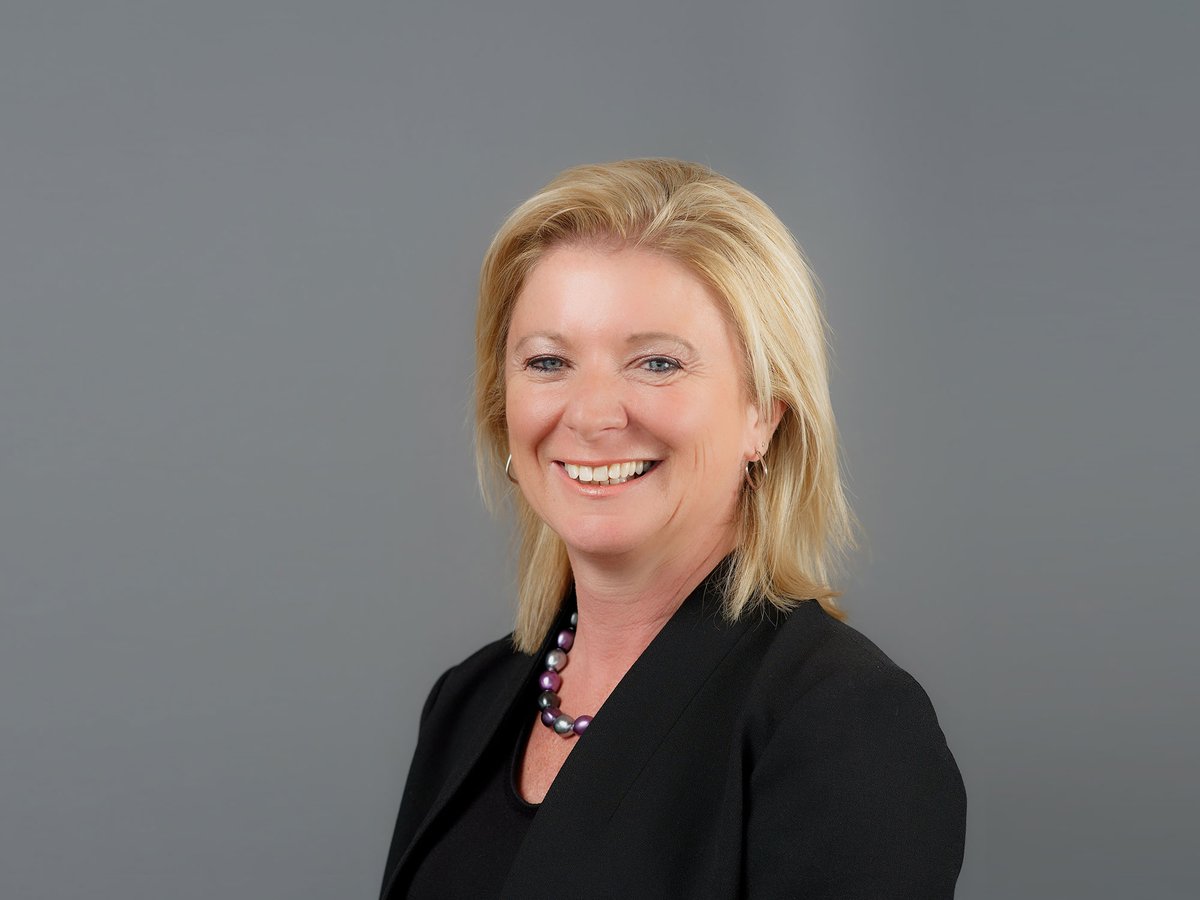Jane Hanson is the chair of the Reclaim Fund as well as a NED of Rothesay, the pension insurer, and Welsh Water. She was previously chair of the Board Risk Committee at Direct Line. Jane is also honorary treasurer at the Disasters Emergency Committee and a magistrate.
What are the hallmarks of a great board meeting?
For me, a great board meeting is about striking the right balance, specifically between supporting the executive and recognising their achievements, while also challenging where that is needed.
The right balance is also about the mix of people around the table: technical people, industry specialists, tough commercial types, and people with great relationship building and networking skills. That builds diversity of thought and means you get different perspectives and a richer discussion — the left-field question is invariably an interesting one.
Good agenda planning is essential and ensures there’s enough time — for strategic discussion, competitor analysis, operational policy, performance analysis, and governance, for example. You won’t get the appropriate level of debate and insight if you try to cram everything into every board meeting.
Ultimately, if everyone is active and engaged, and leaves the room feeling that they have made progress, made a difference, and also created a few topics for further exploration, it has been a good meeting.
How will the board meeting evolve in the post-pandemic world?
Although all the boards I sit on managed the transition to virtual meetings pretty well, there’s no question that boardroom dynamics have changed.
One of the biggest lessons I learned during the pandemic was that body language and water cooler conversations play a much bigger role than any of us realised. For example, on video, you might not be able to see if someone has just folded their arms — a sign that they’re not comfortable with the conversation. I tried to make up for this by having unscheduled one-to-one calls with board and committee colleagues, just to see how they were doing, which was very well received.
“In the future, particularly without good technology, I think it’s going to be everybody in the room or nobody in the room.”
Post-pandemic there’ll inevitably continue to be more virtual meetings than previously. But I think that the big set-pieces, like board and committee meetings, will increasingly revert to being in person.
In my experience, hybrid board and committee meetings do not work well. Inevitably, the people on screen feel excluded from the impromptu discussions that arise naturally in the room. In the future, particularly without good technology, I think it’s going to be everybody in the room or nobody in the room.
How do hybrid models apply to boards? Leading chairs, CEOs, and governance professionals share their advice for what comes after the Zoom boardroom.
Discover the findingsWhat does it take to be a good chair?
I’m a former professional musician and, for me, the board, like an orchestra, epitomises the expression, “The whole is greater than the sum of its parts.” The role of the chair is to conduct that orchestra — to create harmony from the dissonance of debate and discussion. Each individual contribution may be good on its own, but put them all together and it becomes a great symphony. The richness is incredible.
“Each individual contribution may be good on its own, but put them all together and it becomes a great symphony.”
Knowing when to let a debate run and when to cut it off is a key skill. If a debate is going well — adding value and progressing — then I won’t interrupt, letting it evolve before summing up at an appropriate point.
I can’t think of a good chair who doesn’t have plenty of EQ. It’s your job to monitor faces and body language for any signs of disengagement and to make sure that everyone has their say. One of the boards I sit on is chaired by someone who is particularly great at that — without fail, that chair manages to spot the person who wants to say something, even before they have leaned forward and unmuted their mic!
How much detail does a good board paper require?
There’s always a varying desire for detail around the table and it’s the chair’s role to find the optimum level. The age-old problem of board papers being too long continues to be an issue. When Mark Twain said, “I apologise for writing such a long letter, I didn’t have time to write a short one,” he was spot on. Writing a short paper requires a greater depth of understanding than writing a long one.
“Writing a short paper requires a greater depth of understanding than writing a long one.”
A concise cover sheet should set out the key issues, the points of contention, and the reason for the paper being included — with supporting appendices relegated to a supplementary section. This helps ensure the board spends its time reading the important stuff and doesn’t get drawn into the weeds of the details or tempted into management-level oversight.
What’s the biggest change you’ve seen over the course of your career?
In my 30 years of observing boards and sitting on them, I think the quality and calibre of non-executives has improved significantly. Long gone are the days when people became a non-executive for a great lunch and as a glide path to retirement.
“Long gone are the days when people became a non-executive for a great lunch and as a glide path to retirement.”
Many years ago I did actually witness a non-executive fall asleep in a board meeting! Now, it is an active career choice, a vital role with expectations and responsibilities that are correspondingly high. You need to still be at the top of your game to do the job properly.
What book is on your bedside table?
I’ve got three.
The first is John McEnroe’s autobiography, Serious. I played tennis when I was younger and I hugely admire McEnroe both as a player and as a person.
The second is The Lonely Planet Guide to Botswana & Namibia, which I dip into in the hope that we will be able to travel again soon.
The third is Paulo Coelho’s The Alchemist. A wonderful fable about following your dream, that I’ve read several times.
I love reading, but music is the best mood influencer for me. I’ll spontaneously head for the piano, reach for my violin, or the Sonos remote, at any hour of the day or night. If I want to relax it’ll be Baroque music like Bach, if I want a good wallow it’s a Russian composer like Shostakovich or Rachmaninoff, or I might just fancy a good old singalong with an 80s pop classic.
What is your Golden Rule?
“Whether you think you can or you think you can’t, you’re probably right.”
Henry Ford said it and it’s a quote I come back to again and again. Always approach a job, an interview, or a project with confidence and the belief that you’re the right person for it, rather than worrying about the bits that maybe you aren’t 100% qualified for.
Another one I have is, “Be yourself.” As a trainee accountant, I used to wear a lot of black and grey suits because I thought that would make people take me seriously. But now I’m a big fan of colour and have dresses in everything from turquoise blue to pink. When I wear colour, it really helps me lift my mood and my game.



